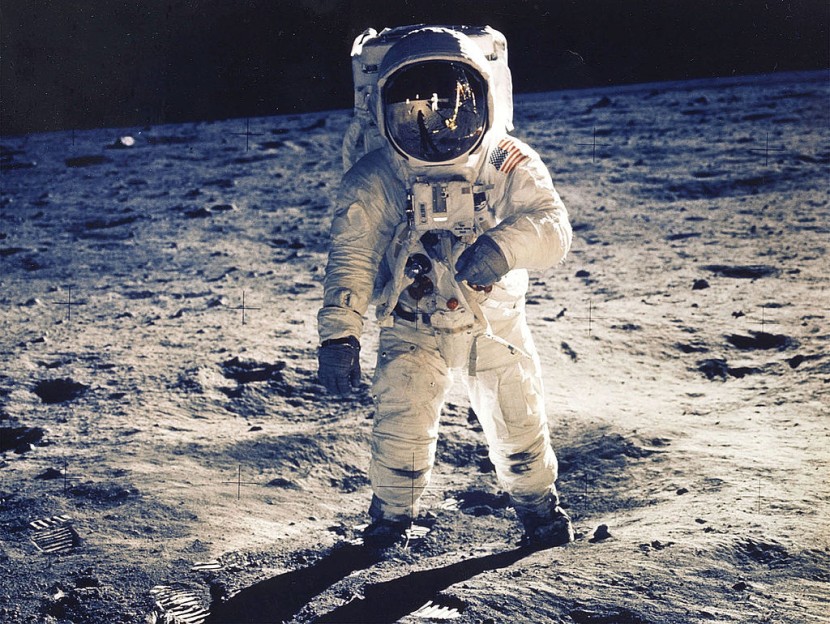
NASA has divulged its Artemis Program update involving the most recent Phase 1 plans to send the first woman and the next man on the surface of the moon by 2024.
The Bold Challenge
In the one year and six months since NASA accepted a defiant challenge to speed up its exploration plans by over four years and initiate sustainable exploration by the end of the decade, it has continued to sustain sending humans to the moon again for the first time since the 1972 Apollo lunar mission.
Prompted by recent memorandums from the United States government, the Artemis program involves research into economic opportunities including commercial partnerships in space travel. NASA aims to allocate the research and revenue into further analysis of Mars. The planet is 139 million miles farther from Earth than the moon, reported New York Post.
The American space agency has formally outlined its $28 billion plan. But the agency's schedule coincides with Congress releasing $3.2 billion for a landing system to be constructed, reported Saudi Gazette.
Space Program
In the space program, astronauts would launch on a rocket named SLS and they will travel in a spacecraft named Orion. This is similar to capsules used in earlier Apollo missions.
Phases of the Space Program
The first phase is named Artemis-1 that will involve an uncrewed test flight surrounding the moon in the fall of 2021. This will allow all critical systems, including communication capacity and life support to be tested.
According to NASA administrator Jim Bridenstine regarding the funding for NASA to send the first woman on the moon, "The $28 billion represents the costs associated for the next four years in the Artemis program to land on the Moon," reported Evening Standard.
"[Space launch system] funding, Orion funding, the human landing system and of course the spacesuits - all of those things that are part of the Artemis programme are included," he added.
According to NASA Administrator Jim Bridenstine, "With bipartisan support from Congress, our 21st century push to the Moon is well within America's reach," reported NASA.
He continued that they are going back to the moon for scientific discovery, economic benefits, and inspiration for a new generation of explorers.
Details About the Artemis Moon Landing Program
The space agency detailed its budget, project timelines, and a demanding plan to build a permanent lunar south pole base.
For the US to return to the Moon by 2024, the cost would be shouldered by American taxpayers of $28 billion of which $16 billion would be allocated to the Human Landing System program.
In 2019, it was Vice President Mike Pence who dared NASA to send their first woman to the moon four years into the original goal, according to the updated Artemis Plan on NASA's website. They have stated that the target date shift would be remarkably dependent on new technology progress and are currently working with scientists and vendors to evaluate where and how their initial timeline could be accelerated by NASA sending the first woman on the moon.
Related Article : Could Future Pandemics Come From Space?








